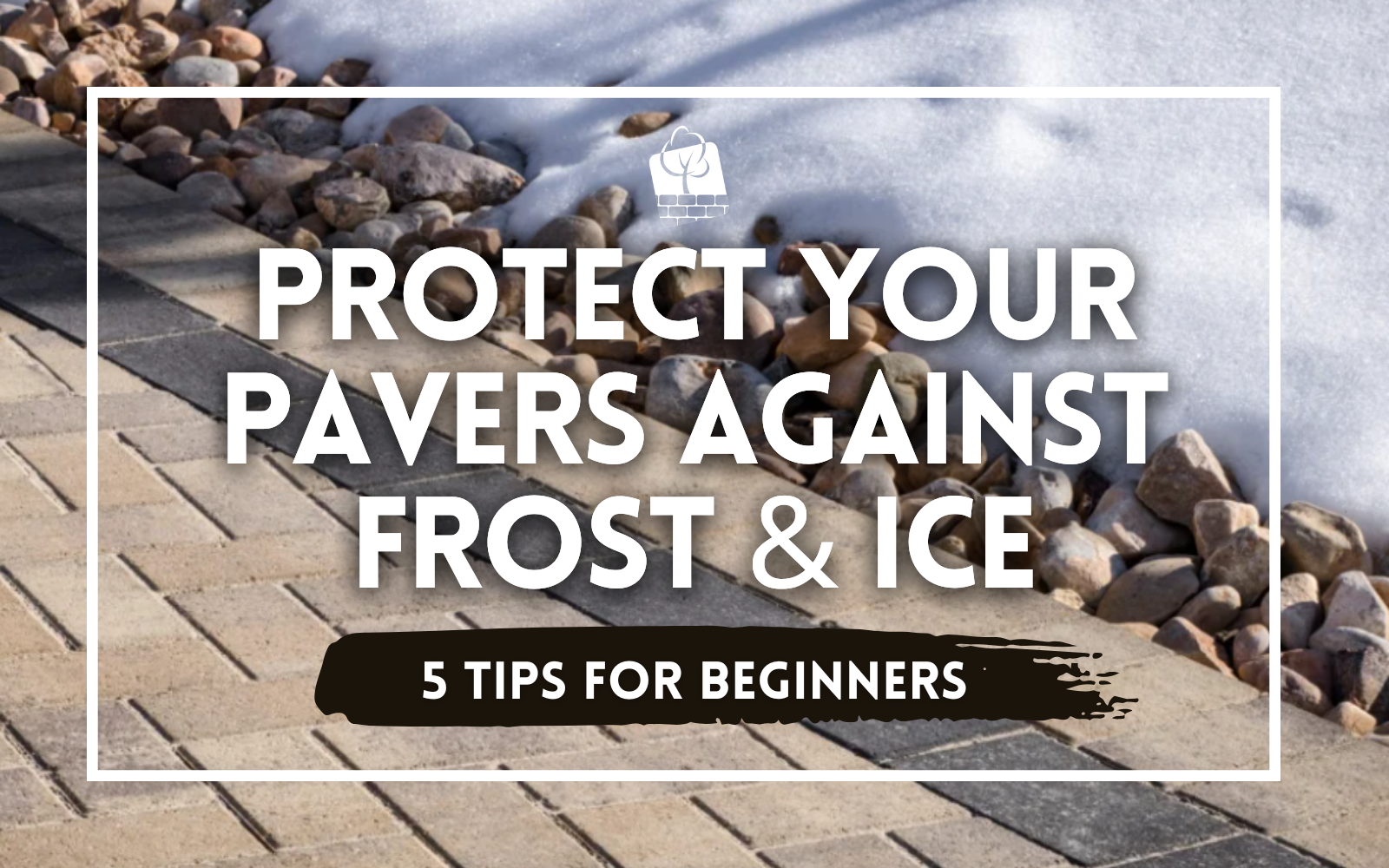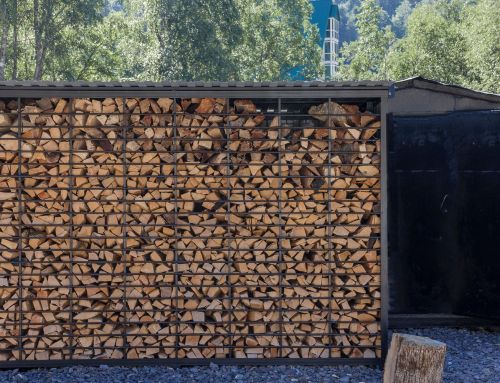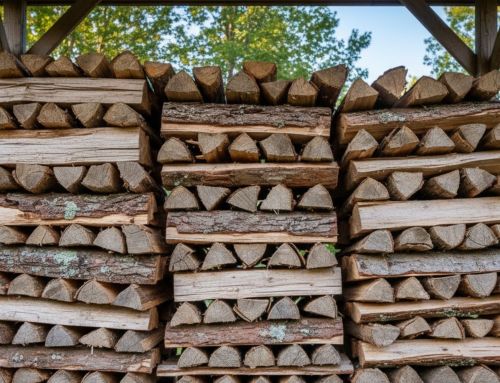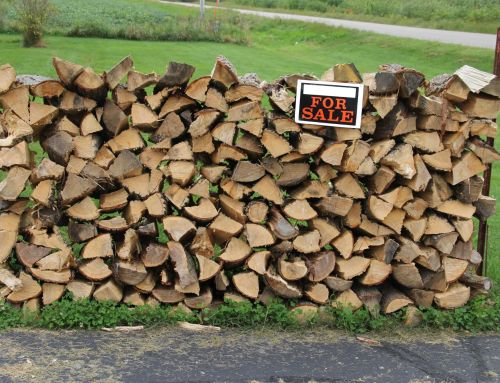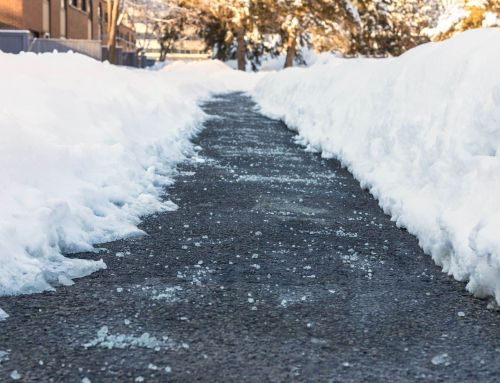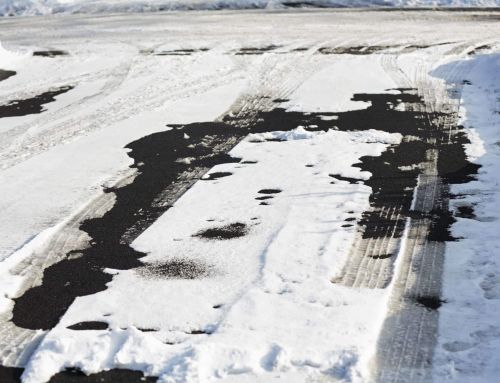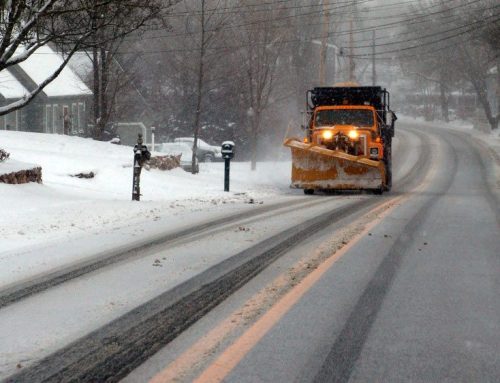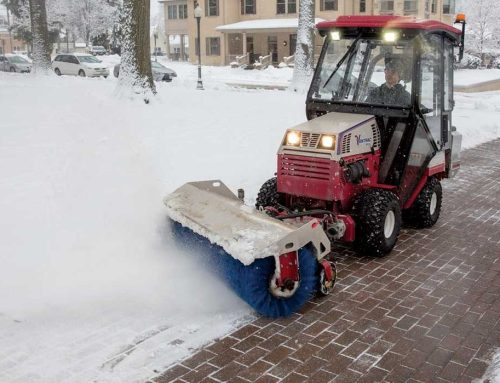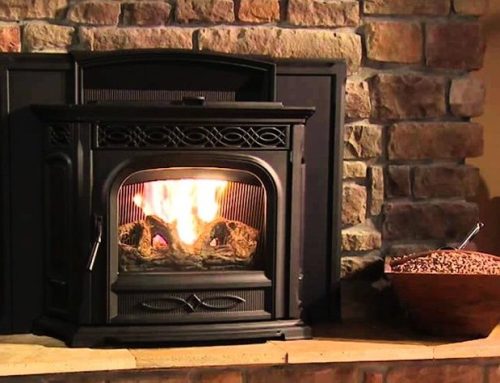Why It’s Important to Prepare Pavers for Winter
Properly maintaining your paver surfaces during colder Winter months ensures they stay intact and maintain their beauty. The combination of frost, ice, and snow can cause stress on your pavers, leading to further repairs if neglected. Fortunately, there are preventive measures you can take, particularly with the help of our paver cleaning supplies and products, to safeguard your hardscape against winter damage.
Pavers, whether made from stone or concrete, are highly susceptible to some damage during the winter due to frost heaving, ice formation, and salt exposure. When water seeps into the small cracks or gaps between pavers and freezes, it expands. This can cause your pavers to shift, crack, or even lift out of place, compromising the integrity of the entire surface.
Additionally, ice that forms on top of pavers presents a safety hazard. Slippery surfaces can lead to accidents, and de-icing solutions like rock salt can further degrade the paver material, leading to stains and structural weakening. Understanding these risks underscores the necessity of preparing your pavers for winter.
5 Tips on How to Prepare Your Pavers for Winter
In this guide, we’ll discuss the steps involved in preparing your pavers for winter and the best practices for protecting them from frost and ice. By following these tips, you can maintain your paver’s longevity and aesthetic appeal for years to come.
For optimal product performance, always follow the manufacturer’s instructions when applying sealers, poly sand and cleaner. These guidelines can typically be found on the product packaging or on the manufacturer’s website via the specification sheet.
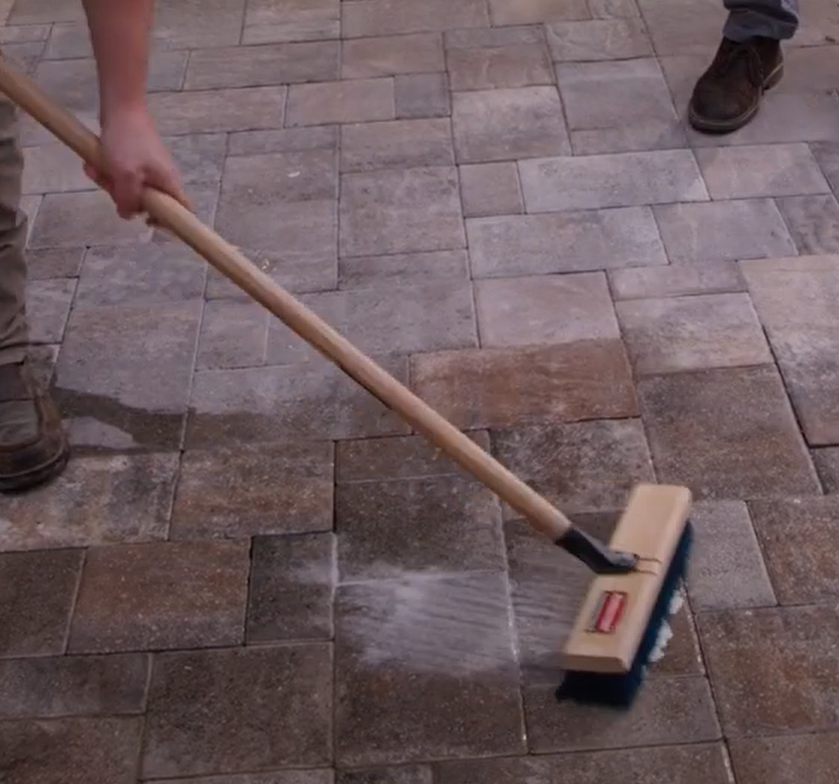
Tip 1: Clean the Pavers Thoroughly
The first step in preparing your pavers for winter is to give them a deep clean. Removing dirt, debris, and organic matter is crucial as these can trap moisture, increasing the likelihood of frost damage.
To ensure a safe and effective clean, we recommend using Alliance Gator Clean Shampoo, which is specially formulated to lift stains, moss, and mildew from paver surfaces without harming the material. Always follow the manufacturer’s instructions for best results.
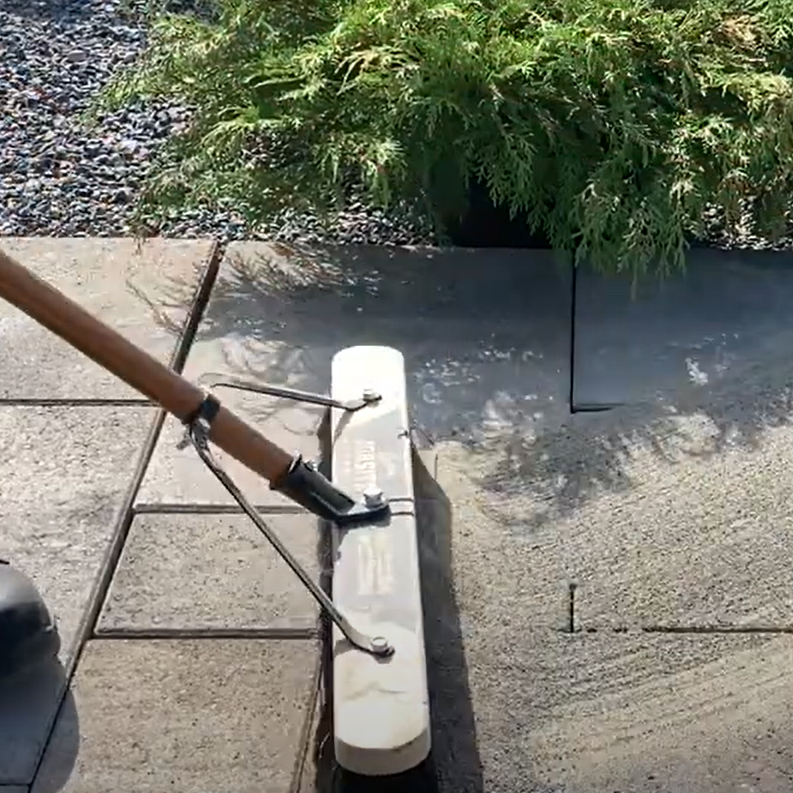
Tip 2: Reapply Joint Sand Using Polymeric Sand
Over time, the joint sand between pavers can erode or become displaced due to weather and foot traffic. Before winter, it’s a good idea to reapply joint sand to keep the pavers locked in place and prevent water from seeping between them.
Techniseal’s polymeric sand is an ideal solution for this purpose. Polymeric sand hardens when activated with water, creating a strong, flexible bond that resists water, ice, and frost. This added stability helps to prevent paver shifting and reduces the chances of frost heaving.
Always follow the manufacturer’s instructions for best results.
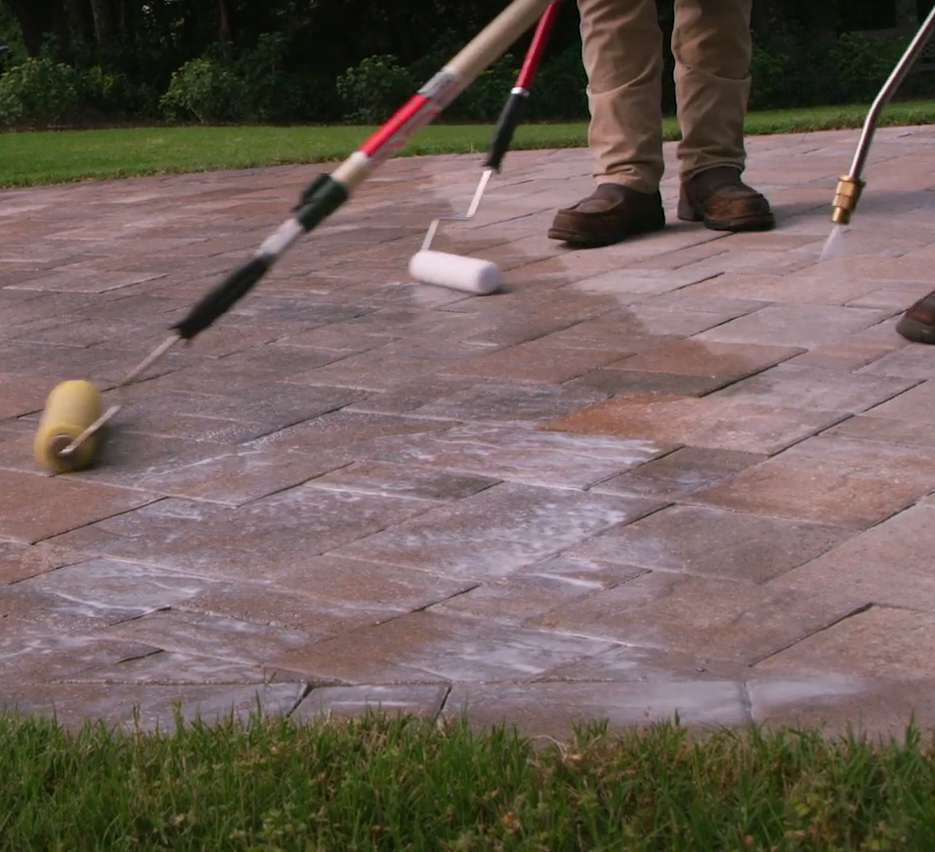
Tip 3: Seal the Pavers with a High-Quality Sealer
One of the most effective ways to protect your pavers from frost and ice is by applying a sealer. We offer a range of sealers specifically formulated for different types of pavers, including natural stone, concrete, and clay. These sealers provide a protective coating that shields the surface from water penetration, making it more resistant to freezing temperatures. When selecting a sealer, choose one that offers both water repellency and UV protection to shield your pavers from frost, ice and sun exposure.
We recommend Alliance Gator’s Sealant Collection, which provides options ranging from zero gloss, low gloss and high gloss, as well as specialized sealers for natural stone. Additionally, SEK Surebond SB-7700 Antifungal Sealer & Joint Stabilizer is an excellent choice. It not only prevents moss and mildew growth but also acts as a joint stabilizer for added durability. For optimal performance, always follow the manufacturer’s instructions when applying sealer.
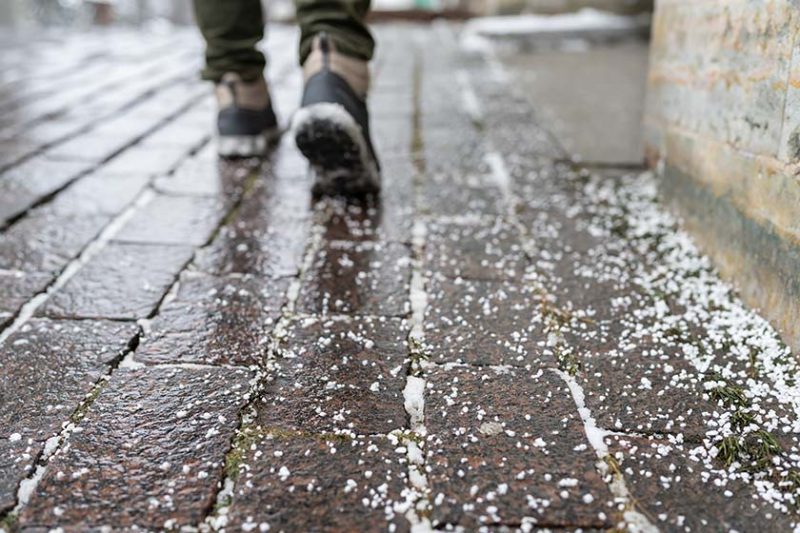
Tip 4: Protect the Pavers from Salt Damage
De-icing salts can cause significant damage to pavers. While salts are effective at melting ice, they also degrade the paver material and lead to unsightly stains. We offer eco-friendly alternatives to traditional de-icing salts that are safe to use on pavers.
If you must use salt, choose one that is marked as safe for concrete or paver surfaces, and apply it sparingly. Another alternative is to use sand or gravel for traction on icy surfaces, which won’t cause damage to the pavers.
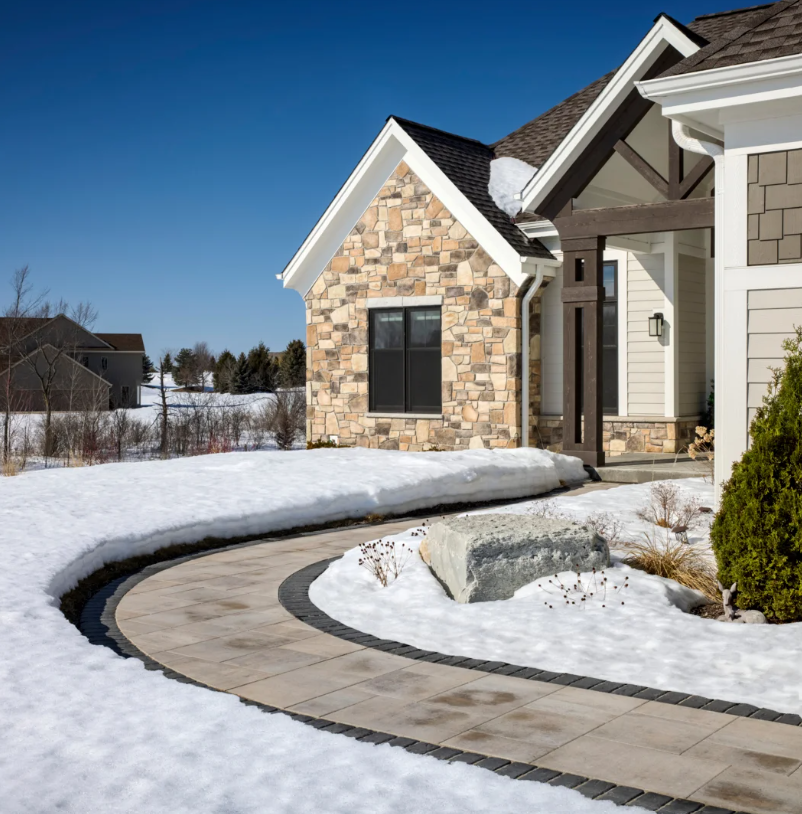
Tip 5: Maintaining Pavers Throughout the Winter
Winter doesn’t stop at preparation—it’s equally important to maintain your pavers during the colder months. Regularly inspect your paver surfaces for signs of shifting or cracking, particularly after heavy snowfall or ice storms.
Clear away snow, ice and left over ice melt using gentle methods such as sweeping, and avoid the overuse of salts that could damage the paver material.
Conclusion
Properly preparing your pavers for winter is essential to maintaining their beauty and functionality. With the right techniques and products, you can safeguard your outdoor spaces against frost and ice. Cleaning, sealing, reapplying joint sand and protecting your pavers from salt damage are all crucial steps in winterizing your pavers. By taking these precautions, you’ll not only prevent costly repairs but also ensure that your pavers remain in excellent condition year after year.
Our Landscape Supply Store Carries All The Major Ice Melt And Rock Salt Brands In Bulk
To make sure you have all the ice melting products you need to get through winter, be sure to stop by our landscape supply store in Norton, Massachusetts! And as always, we’d love to hear from you if you have any questions. Don’t hesitate to give us a call at (508) 622-1698!

